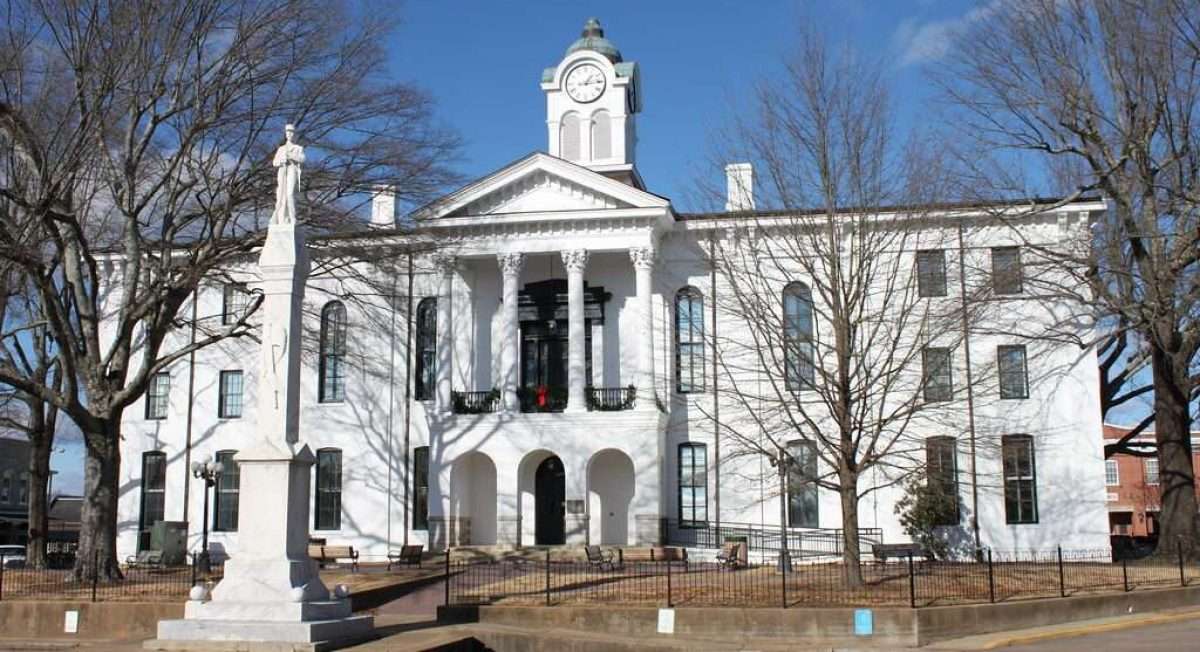Please wait while flipbook is loading. For more related info, FAQs and issues please refer to DearFlip WordPress Flipbook Plugin Help documentation.
It is the thesis of this article that a private action to vindicate fourteenth amendment rights that are violated by private conspir- acies is constitutional and was precisely the sort of remedy that Congress intended to create by enacting section 1985(3). The par- adox is resolved conceptually because this type of action is clearly possible, and the paradox is resolved legally because this type of action is constitutional.
Justice Burton, joined in dissent by Justices Black and Douglas, argued in Collins: “Congress certainly has the power to create a federal cause of action in favor of persons injured by private individuals through the abridgment of federally created constitutional rights.” The dissenters also pointed out that when Congress intended to limit comparable civil rights statutes to require that a defendant had acted under color of state law, it did so in ”unmis-
takable terms.” The dissenters compared the color of law language that appeared explicitly in another section of the same civil rights act, the section now codified as 42 U.S.C. § 1983,13 with the absence of such language in section 1985(3).
Twenty years later, this dissenting view of section 1985(3) was vindicated in Griffin v. Breckenridge, when the Court decided that section 1985(3) did provide a remedy for damages caused by private conspiracies that did not operate under color of state law. The Griffin court set out these elements to guide judges in determining whether a complaint stated a cause of action under section 1985(3)
introduced into the federal statutes by the Act of April 20, 1871, entitled, “An Act to enforce the Provisions of the Fourteenth Amendment to the Constitution of the United States, and for other Purposes.” 7 The Act was among the last of the reconstruction legislation to be based on the “conquered province” theory which prevailed in Congress for a period following the Civil War. This statute, without separability provisions, established the civil liability with which we are here concerned as well as other civil liabilities, together with parallel criminal liabilities. It also provided that unlawful combinations and conspiracies named in the Act might be deemed rebellions, and authorized the President to employ the militia to suppress them. The President was also authorized to suspend the privilege of the writ of habeas corpus. It prohibited any person from being a federal grand or [341 U.S. 651, 657] petit juror in any case arising under the Act unless he took and subscribed an oath in open court “that he has never, directly or indirectly, counselled, advised, or voluntarily aided any such combination or conspiracy.” Heavy penalties and liabilities were laid upon any person who, with knowledge of such conspiracies, aided them or failed to do what he could to suppress them.
The fourteenth amendment prohibits a State from denying to any person within its jurisdiction the equal protection of the laws; but this provision does not, any more than the one which precedes it . . . add anything to the rights which one citizen has under the Constitution against another.’ 92 U.S. at pp. 554-555.” And “`The only obligation resting upon the United States is to see that the States do not deny the right. This the amendment guarantees, but no more. The power of the national government is limited to the enforcement of this guaranty


